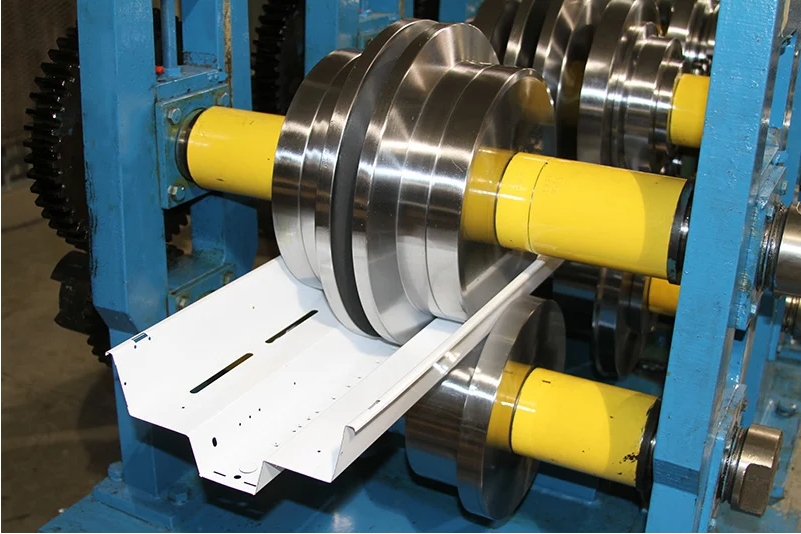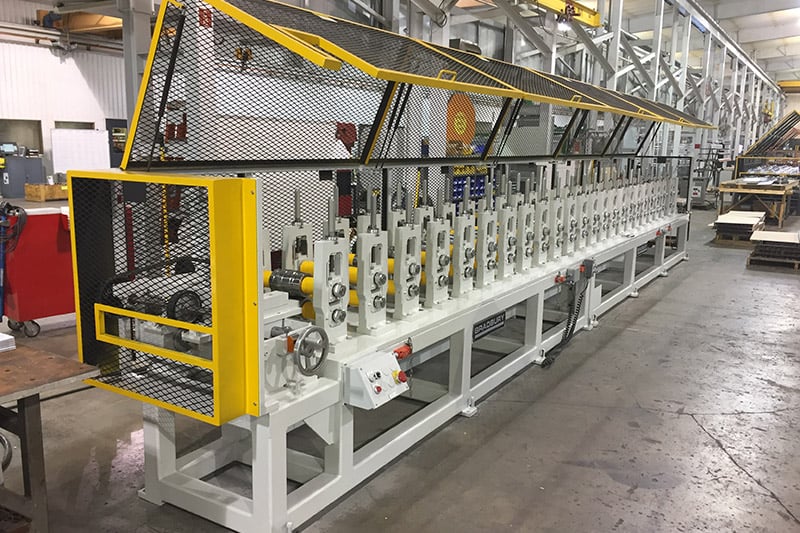Navigation Menu
Contact Us
- Email:
- info@wxavatar.com
- Address:
- Yurong Village, Yuqi Street, Huishan District, Wuxi, China.
Release Date:Aug 09, 2025 Visit:34 Source:Roll Forming Machine Factory
Lighting reflectors play a crucial role in directing and enhancing light output in various fixtures. Among the materials used, anodized aluminum stands out as a preferred choice for high-quality lighting reflectors. But what exactly makes anodized aluminum ideal for this application?

1. Superior Surface Finish
Anodizing creates a durable, uniform oxide layer on the aluminum surface, resulting in a smooth and consistent finish. This enhanced surface is essential for reflectors, as it improves light reflection efficiency by minimizing surface imperfections and scatter.
2. Enhanced Corrosion Resistance
Lighting reflectors often operate in environments exposed to humidity and temperature changes. The anodized layer significantly increases aluminum’s resistance to corrosion and oxidation, ensuring that reflectors maintain their reflective properties and appearance over time.
3. Improved Durability
The anodized coating adds a hard, wear-resistant layer to aluminum, making reflectors more durable against scratches, abrasion, and everyday handling during manufacturing and installation. This durability extends the lifespan of lighting components without compromising performance.
4. Lightweight and Strong
Aluminum is naturally lightweight yet strong, which is advantageous for lighting fixtures where reducing weight can improve installation ease and reduce shipping costs. The anodizing process maintains these mechanical properties while enhancing surface characteristics.
5. Thermal Stability
Anodized aluminum can withstand high operating temperatures common in lighting applications without degradation. This thermal stability helps maintain reflector shape and reflective quality under continuous heat exposure.
6. Aesthetic Versatility
Anodizing allows for a range of finishes and colors, giving manufacturers flexibility in designing lighting products that meet both functional and aesthetic requirements. This versatility supports a wide variety of lighting styles and applications.

Conclusion
Anodized aluminum combines excellent surface quality, corrosion resistance, durability, and lightweight strength, making it an ideal material for high-quality lighting reflectors. Its ability to maintain reflective efficiency and structural integrity under challenging conditions ensures reliable performance and long service life. For lighting manufacturers, anodized aluminum offers a proven solution to meet demanding quality standards.